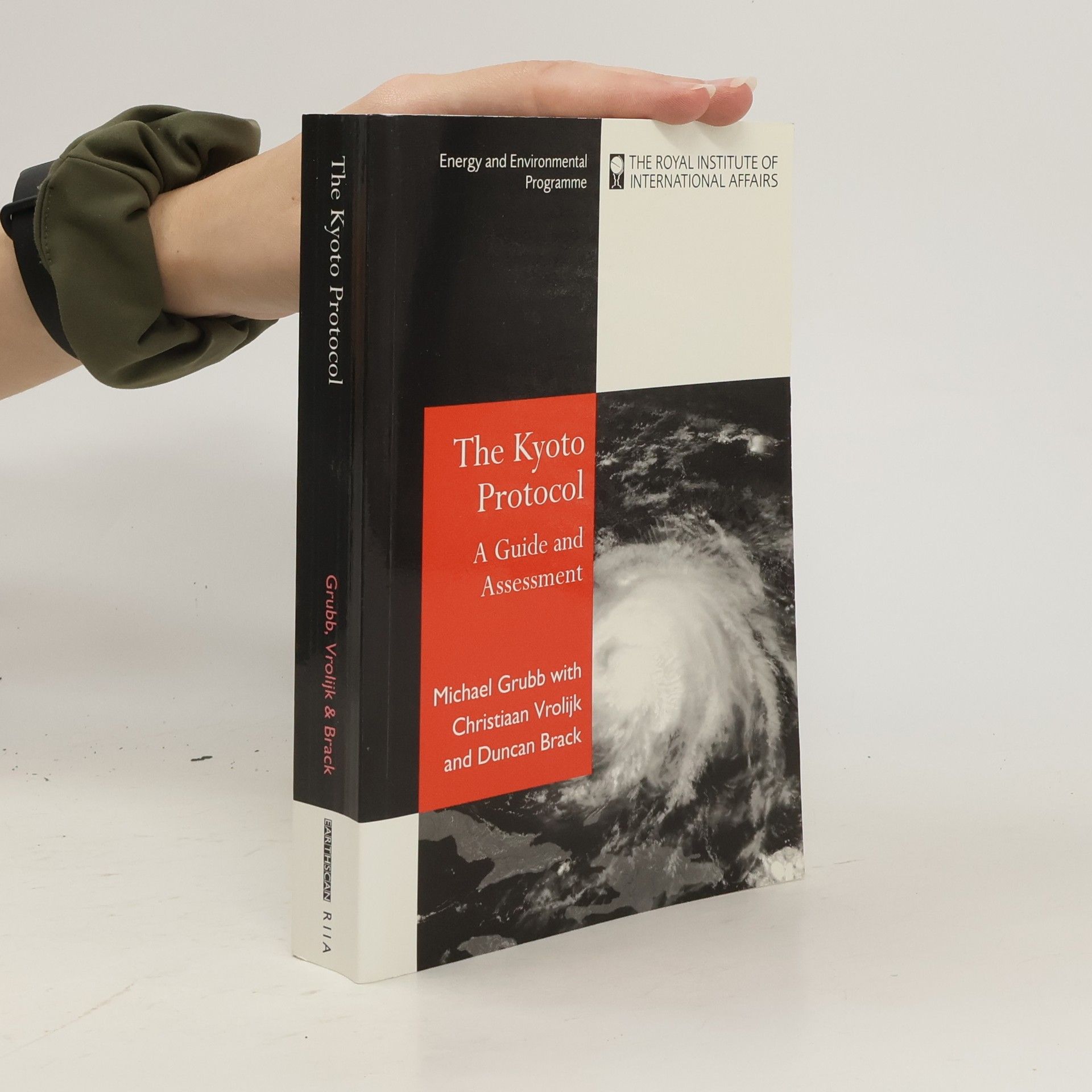The Kyoto Protocol
A Guide and Assessment
A concise and authoritative guide to the evolution, terms and implications of the Kyoto Protocol, this book provides an economic and political account of key policy debates and their outcome. It also explains the meaning of provisions on emissions trading and other flexibility mechanisms, and provides a quantitative analysis using the emissions trading model devised by the RIIA's Energy and Environmental Programme.
